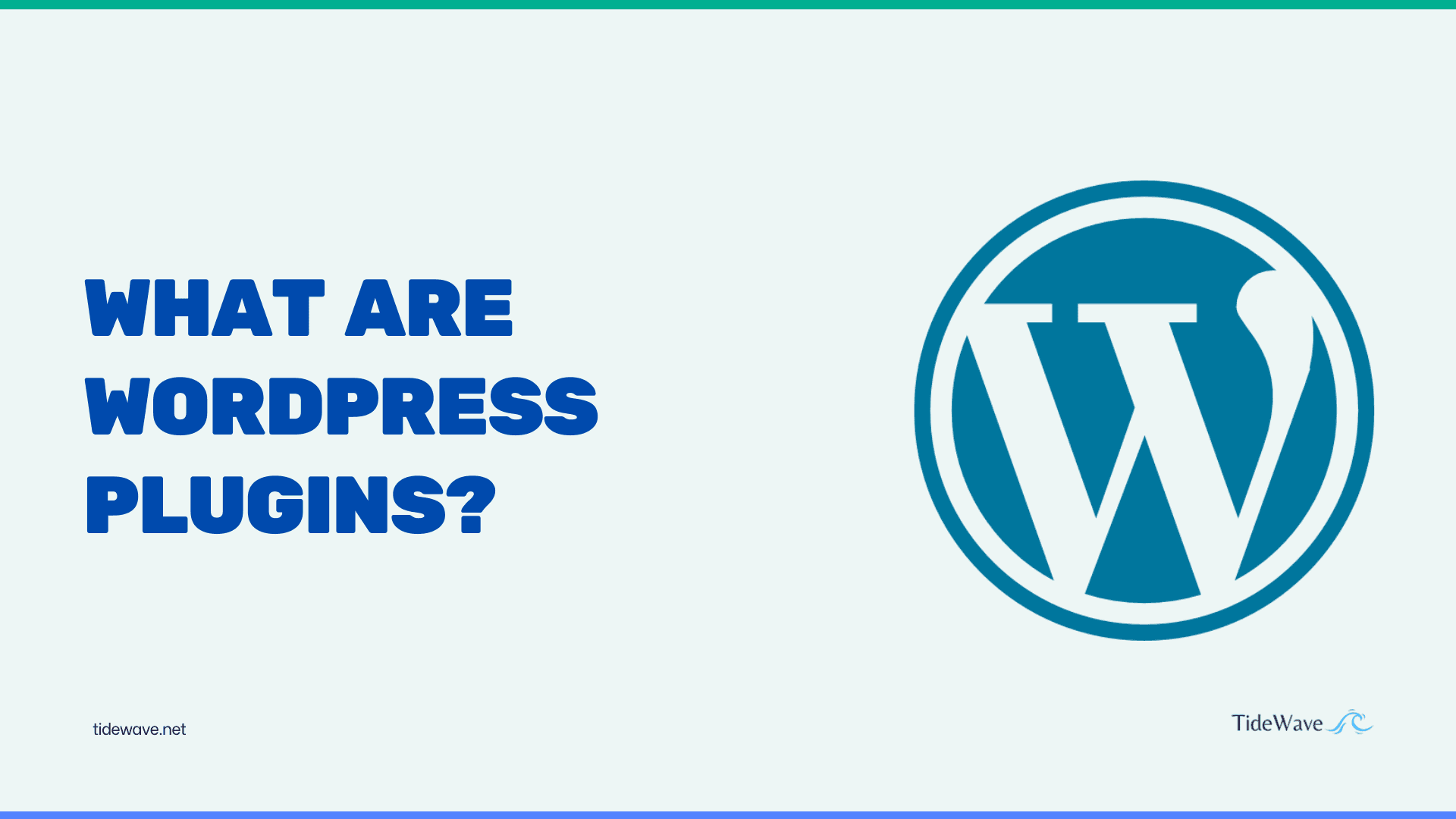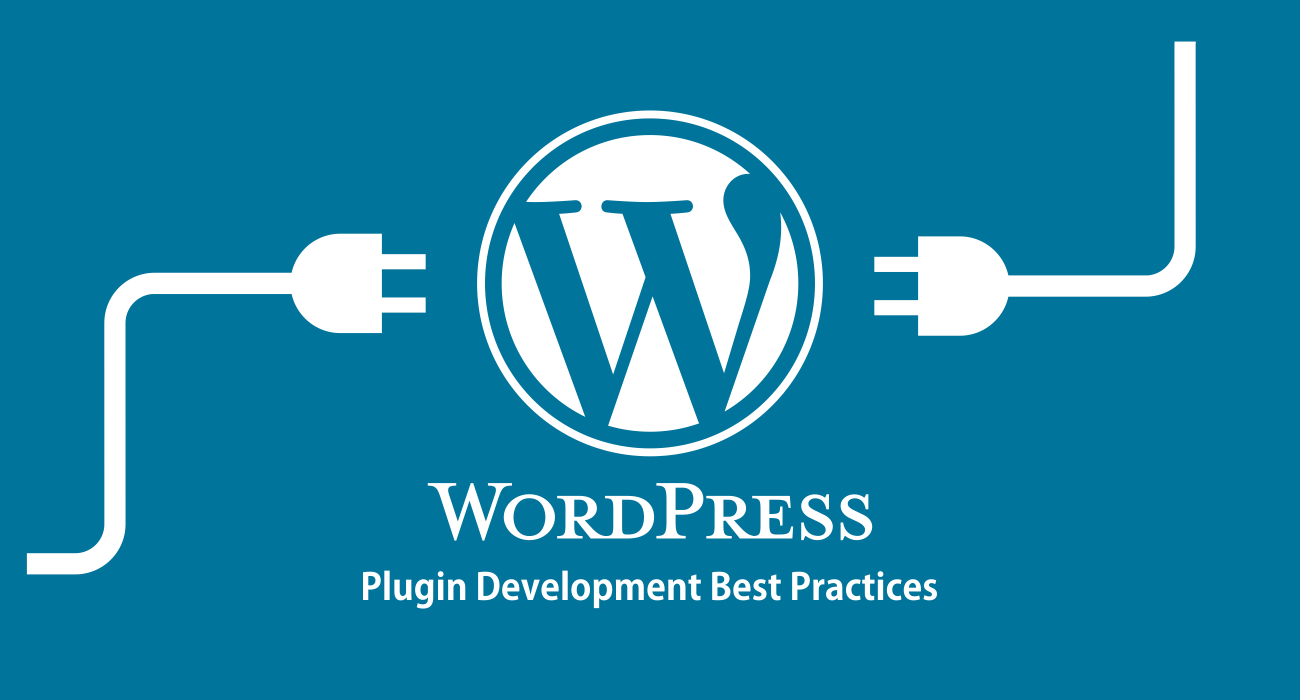
What are WordPress plugins and how do they work?
WordPress, a leading content management system (CMS), powers millions of websites around the globe. One of the core reasons for its popularity is its extensive plugin ecosystem. Plugins are essential tools that extend the functionality of WordPress websites, enabling users to customize their sites without writing any code. This article delves into what WordPress plugins are, how they work, and why they are crucial for website development and management.
What Are WordPress Plugins?
WordPress plugins are pieces of software that can be added to a WordPress site to enhance its capabilities. They offer a wide range of functionalities, from SEO tools and social media integration to security enhancements and e-commerce solutions. Plugins can be installed directly from the WordPress Plugin Repository, third-party websites, or custom-built to meet specific needs.
How Do WordPress Plugins Work?

Plugin Installation
Installing a plugin in WordPress is straightforward. Users can search for plugins directly from their WordPress dashboard by navigating to the "Plugins" section and clicking "Add New." From here, they can search for plugins, install them, and activate them with just a few clicks. Alternatively, users can upload plugins downloaded from external sources by clicking the "Upload Plugin" button and following the prompts.
Plugin Activation
Once installed, a plugin needs to be activated. Activation enables the plugin to start functioning and integrate with the WordPress site. Some plugins might require additional configuration, which can usually be accessed through the plugin settings page or a new menu item added to the WordPress dashboard.
Hooks: Actions and Filters
WordPress plugins rely heavily on hooks to interact with the core software. There are two main types of hooks:
- Actions: These are points in the WordPress lifecycle where plugins can insert additional code. For example, a plugin can use an action hook to add a custom message after a post is published.
- Filters: Filters allow plugins to modify data before it is sent to the database or the browser. For instance, a plugin might use a filter to change the content of a post before it is displayed on the website.
These hooks enable plugins to interact with WordPress without altering the core code, ensuring compatibility and stability.
Shortcodes
Shortcodes are another powerful feature of WordPress plugins. They are small snippets of code enclosed in square brackets that users can insert into posts, pages, or widgets to execute specific functions provided by plugins. For example, a contact form plugin might offer a shortcode like [contact-form] that users can place on any page to display the form.
Widgets
Many plugins come with widgets that can be added to the WordPress sidebar or other widget-ready areas. Widgets are drag-and-drop elements that provide specific functionality, such as displaying recent posts, social media feeds, or custom HTML code.
Types of WordPress Plugins
WordPress plugins can be categorized based on their functionality:
- SEO Plugins: These plugins help optimize your website for search engines. Popular examples include Yoast SEO and All in One SEO Pack.
- Security Plugins: Plugins like Wordfence and Sucuri Security protect your site from malware, brute force attacks, and other security threats.
- Performance Plugins: Caching plugins such as W3 Total Cache and WP Super Cache improve site speed and performance.
- E-commerce Plugins: WooCommerce and Easy Digital Downloads transform your WordPress site into a full-fledged online store.
- Social Media Plugins: These plugins, like Social Warfare and Monarch, integrate social media sharing buttons and feeds into your site.
- Backup Plugins: Plugins like UpdraftPlus and BackWPup help create backups of your site to prevent data loss.
Benefits of Using WordPress Plugins
Enhanced Functionality
Plugins allow users to add features and functionality to their WordPress sites without needing to write code. This democratizes website development, enabling non-technical users to create complex websites.
Customizability
With thousands of plugins available, users can customize their websites to meet specific needs. From adding contact forms and image galleries to integrating advanced e-commerce systems, plugins provide endless possibilities for customization.
Scalability
As your website grows, plugins can help scale its functionality. Need to add an online store, a membership site, or a forum? There's a plugin for that. This scalability ensures that WordPress can support your website as it evolves.
Cost-Effective
Many WordPress plugins are free or offer affordable premium versions. This makes it cost-effective for small businesses and individuals to build and maintain professional websites without a significant financial investment.
Best Practices for Using WordPress Plugins

Choose Reliable Plugins
Always choose plugins from reputable sources. Check reviews, ratings, and the number of active installations to gauge the reliability of a plugin. Plugins listed in the official WordPress Plugin Repository are usually vetted for quality and security.
Regular Updates
Ensure that your plugins are regularly updated. Updates often include security patches, new features, and compatibility improvements with the latest version of WordPress.
Limit the Number of Plugins
While plugins are useful, having too many can slow down your site and create security vulnerabilities. Only install plugins that are necessary and regularly used.
Backup Your Site
Before installing or updating plugins, make sure to backup your site. This way, you can quickly restore it if something goes wrong.
Test Plugins
Test new plugins in a staging environment before deploying them on your live site. This helps identify any potential conflicts or issues without affecting your live site.
Frequently Asked Questions About WordPress Plugins
WordPress plugins are pieces of software that extend the functionality of a WordPress site. They can add new features, improve performance, enhance security, and customize the look and feel of your site without the need for coding.
To install a plugin:
- Go to your WordPress dashboard.
- Navigate to "Plugins" > "Add New."
- Search for the desired plugin or click "Upload Plugin" if you have a .zip file.
- Click "Install Now" on the chosen plugin.
- After installation, click "Activate" to enable the plugin on your site.
Many plugins are free and available from the WordPress Plugin Repository. However, some plugins offer premium versions with additional features and support. There are also plugins available exclusively as premium products sold by third-party developers.
Yes, you can use multiple plugins on your WordPress site. However, it's important to avoid overloading your site with too many plugins, as this can slow down performance and create potential security risks.
To update a plugin:
- Go to your WordPress dashboard.
- Navigate to "Plugins" > "Installed Plugins."
- If an update is available, you’ll see a notification below the plugin name. Click "Update Now."
If a plugin causes an error:
- Deactivate the plugin from the "Plugins" menu.
- Check if the error persists. If not, the plugin is likely the cause.
- Contact the plugin developer for support or look for alternative plugins.
- Use a staging environment to test new plugins before installing them on your live site to prevent conflicts.
To find reliable plugins:
- Use the WordPress Plugin Repository, which features vetted plugins.
- Check reviews, ratings, and the number of active installations.
- Look for plugins that are regularly updated and have active support.
- Research recommendations from reputable WordPress blogs and communities.
Yes, you can create your own WordPress plugin if you have coding knowledge. WordPress provides extensive documentation and developer resources to help you get started. Custom plugins can be tailored to your specific needs and integrated seamlessly into your site.
To delete a plugin:
- Go to your WordPress dashboard.
- Navigate to "Plugins" > "Installed Plugins."
- Deactivate the plugin you want to delete.
- Click "Delete" below the deactivated plugin.
Deactivated plugins do not run on your site, so they do not impact performance. However, it's a good practice to delete deactivated plugins to keep your site clean and secure.
Conclusion
WordPress plugins are indispensable tools that enhance the functionality and versatility of WordPress websites. They empower users to build custom, feature-rich sites without extensive coding knowledge. By understanding how plugins work and following best practices, users can leverage the full potential of WordPress plugins to create dynamic and robust websites.
Useful References
Here are some useful references to explore for more information on WordPress plugins:
-
WordPress Plugin Handbook:
This is the official guide from WordPress that helps developers understand how to create and manage plugins.
WordPress Plugin Handbook -
WordPress Plugin Repository:
The official directory for thousands of free WordPress plugins. It's a great place to explore different plugins and their reviews.
WordPress Plugin Repository -
WPBeginner: What is a WordPress Plugin?
A beginner-friendly guide explaining what WordPress plugins are, how they work, and how to install them.
WPBeginner Guide on WordPress Plugins -
Yoast SEO Plugin:
One of the most popular WordPress plugins for improving your website’s SEO.
Yoast SEO Plugin -
WooCommerce:
The go-to plugin for creating a full-fledged online store with WordPress.
WooCommerce Plugin -
Wordfence Security Plugin:
A leading security plugin for WordPress that helps protect your site from malware and hackers.
Wordfence Security Plugin -
W3 Total Cache:
A widely-used caching plugin that helps speed up your WordPress site.
W3 Total Cache
These resources will provide deeper insights into how WordPress plugins work, how to use them, and how to choose the right ones for your website.






